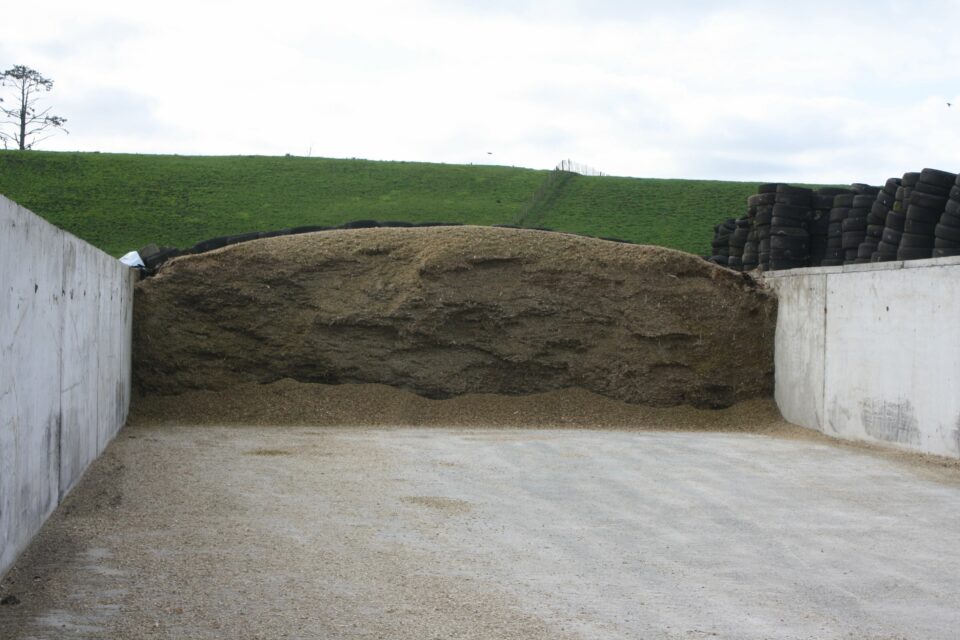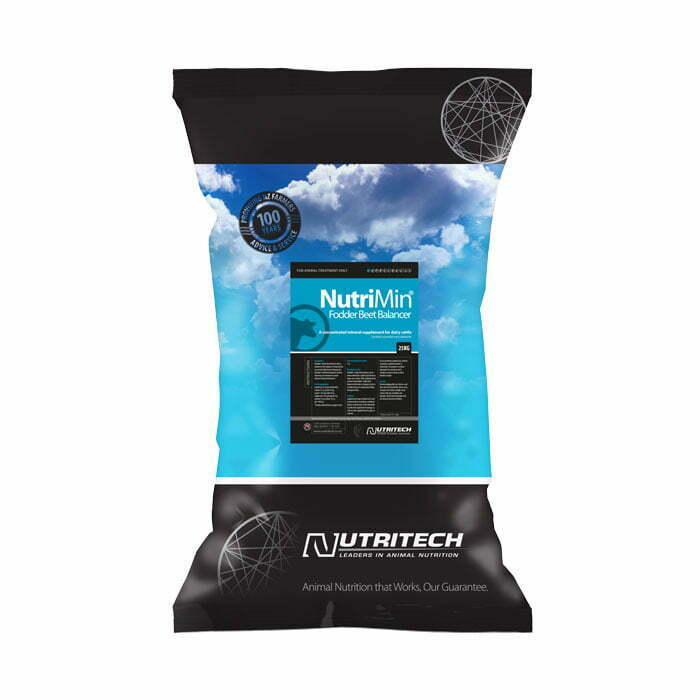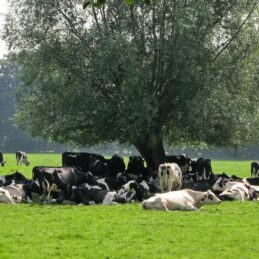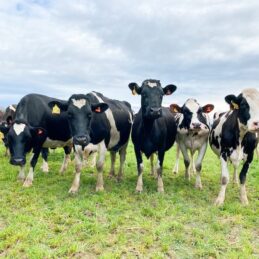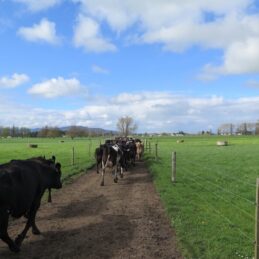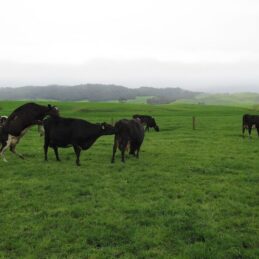Reduced pasture growth in the East due to lack of moisture with this year’s El Niño conditions, makes it more important to conserve as much of any temporary pasture or crop surpluses. This will reduce requirements for supplementary feeds, or the need to dry cows off early. Conversely, wet conditions in the West may result in cows being held off paddocks to prevent excessive pugging damage, requiring them to be fed conserved forage such as silage.
Silage making is an exercise in minimising losses starting at cutting right through to feeding out, so cows are offered as much high quality feed as possible. This requires implementing good ensiling practices, and use of a proven quality silage inoculant, containing sufficient numbers of an appropriate blend of lactic acid producing bacteria.
High quality inoculants assist the ensiling process with crops ranging from high to low dry matter contents. They contain high numbers of lactic acid producing bacteria, which ensure a rapid fermentation, even in challenging conditions, reducing dry matter losses during fermentation resulting in more silage available for feeding cows.
Inoculant treated silages tend to be more stable when exposed to air at feeding out, reducing wastage. Trials have demonstrated they are more palatable and used more efficiently than untreated silages, providing more nutrients for maintenance and production.
Thermoduric bacteria, such as spore forming Bacillus and Clostridium species, are widespread in the farm environment, and can contaminate silage. An inoculant containing a specific strain of Lactococcus lactis bacteria can help reduce the risk from thermoduric bacteria, as it produces nisin, a bacteriocin that inhibits clostridia.
Another potential issue during an El Niño may be that cows have longer dry periods and are fed poorer quality forages. This may lead to a gradual decline in their mineral status resulting in sub-clinically low levels come calving.
Providing a suitably formulated mineral supplement during the dry period would be warranted under such circumstances. This can be achieved by testing the mineral contents of forages available, and entering the details into a feed rationing program to identify potential shortfalls.
Some older pastures may contain endophytes that produce endotoxins capable of causing ryegrass staggers. Intake of such pastures tend to be lower, even at sub-clinical levels, further reducing mineral intakes, and increasing cow requirements. Use of an appropriate combination type mycotoxin binder in conjunction with a suitable mineral supplement would be appropriate in such circumstances.
As featured in NZ Dairy Farmer

